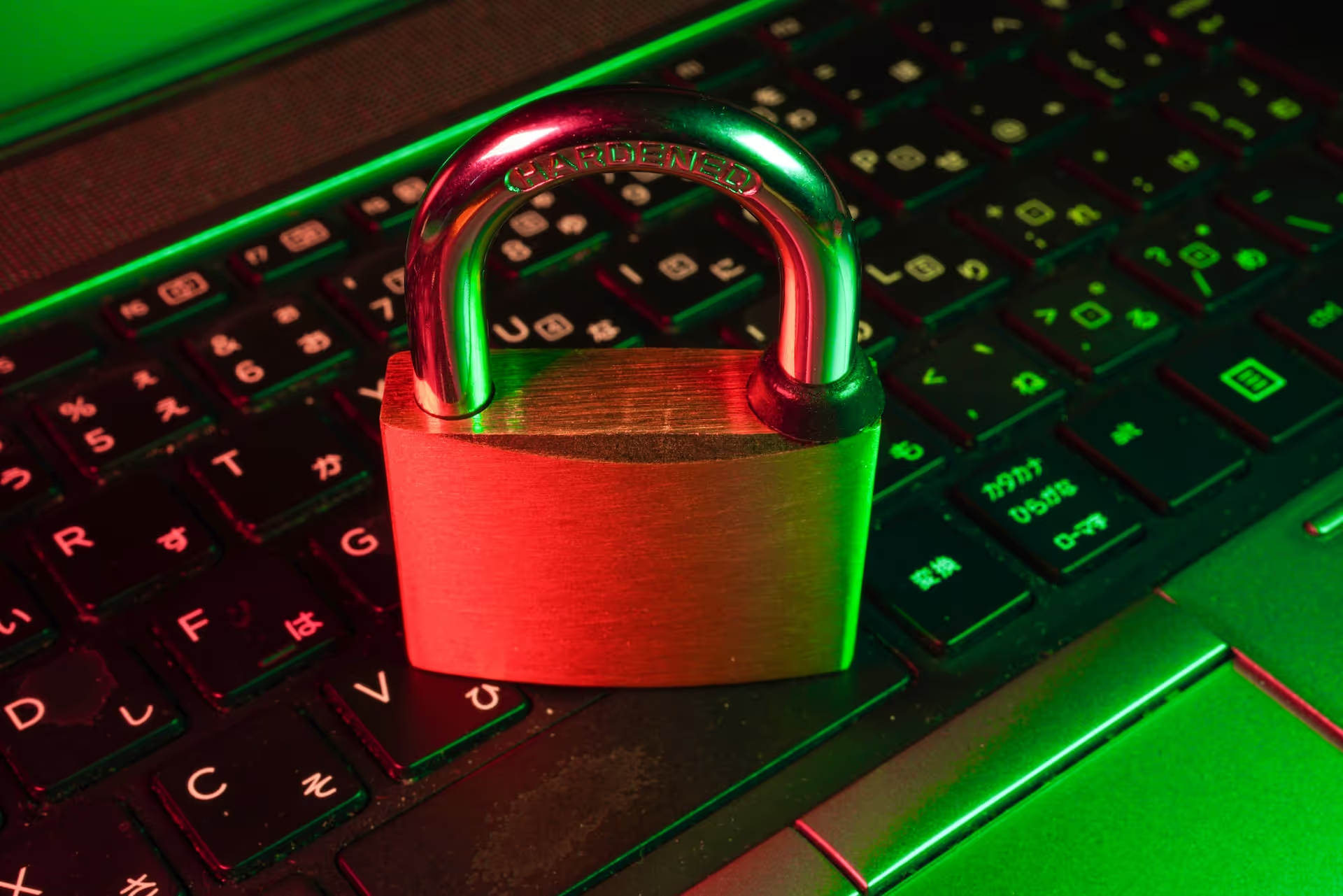Cybersecurity threats (cyber threats) are becoming increasingly common, putting companies' reputations and their customers' personal data at risk.
There are many simple ways for small and medium-sized companies to improve their security. Here are some basic cybersecurity recommendations you can implement today.
Start building a culture of cybersecurity awareness
Unfortunately, your employees are one of your biggest risks; it's important to educate them about what constitutes a secure environment. A well-written policy manual will help you when you're trying to teach your employees about proper cybersecurity practices.
1. Penetration Testing and Simulated Attacks
Tools like vulnerability scanning software are helpful, but they're not enough by themselves. It's important to complement them with additional testing and attempts at attack. You can use anything ranging from internal specialists in red-teaming blue teams to ethical hackers and external penetration testing companies.
2. Perform Frequent Backups
Backups aren't just for disaster prevention; they're also useful for helping minimize the effects of malware attacks. Ransomware in particular.
3. Good Password Hygiene
If an attacker compromises a user account (security breaches), they may be able to gain unauthorized access to a network. Users are notorious for not changing their passwords often enough, so companies need to enforce strong passwords and frequent changes. One easy way to increase your security policies is to adopt a good password manager and password generator.
4. Multi-Factor Authentication for Access to Critical Systems and Data
Multi-factor user authorization (aka two-factor authentication) further reduces the chances that attackers will be able to compromise your network by using stolen credentials. This is the easiest way to reduce cybersecurity risks and cybersecurity incidents.
5. Identifying Suspicious Emails, Links, and Websites
Phishing emails are one of the main causes of cyberattacks because people often fail to check the origin of an email before clicking on a link. Hacktivists also use phishing emails to spread malicious software like ransomware or crypto-mining attacks.
To help your employees become more vigilant about phish indicators, questionable sites, and fake websites, you need to train them properly. You can then turn every one of your employees into an unofficial cybersecurity team.
Also, it's a myth that mobile devices are isolated from viruses or exploits. This is not true as a mobile device can be vulnerable like your desktop computers.
6. Vpn Software
A VPN creates a secure private network for connecting computers and devices. Employees who access company networks from outside the offices should always use VPNs instead of public networks.
7. Secure File-Sharing Services
You should be aware that you may sometimes need to transfer files to people who aren't physically present at your office. However, just as you protect your own personal assets by storing them securely in digital wallet apps, you should ensure that any files shared between your team members are stored securely too. If you're not yet utilizing secure extranet, intranet, and online storage solutions, then you should consider doing so.
8. Install Antivirus and Anti-Malware Tools
You should ensure that every employee has antiviral and antimalware software installed on his/her computer. However, you need to be sure they're using these programs when connecting from personal computers instead of provided ones.
9. Remote Management Tools for Company-Provided Equipment
When an employee loses their device, you need to be able to quickly disable it or even wipe it remotely as soon as you discover they've lost it. As part of strong cybersecurity practices, you should install remote management tools for the company-provided devices.
10. Install Updates Promptly to Minimize Security Risks.
Old software and outdated operating systems are known to be vulnerable to attacks. However, frequent, timely updates will help you avoid these vulnerabilities. As part of cybersecurity guidance, it's recommended to at least check for software or firmware updates on a monthly basis.
11. Leverage Vulnerability Scanners
If you're not aware of any vulnerabilities, then vulnerability scanners can help you to identify them. These tools can also help you to prioritize remedial actions.
12. Limit Access to Sensitive Corporate Data and Applications
The fewer people who can see your sensitive information, the less likely they are to be able to steal it from you. By using role-based security, storing your sensitive information in separate databases, and implementing zero trust security measures, you'll limit the number of potential attackers.





